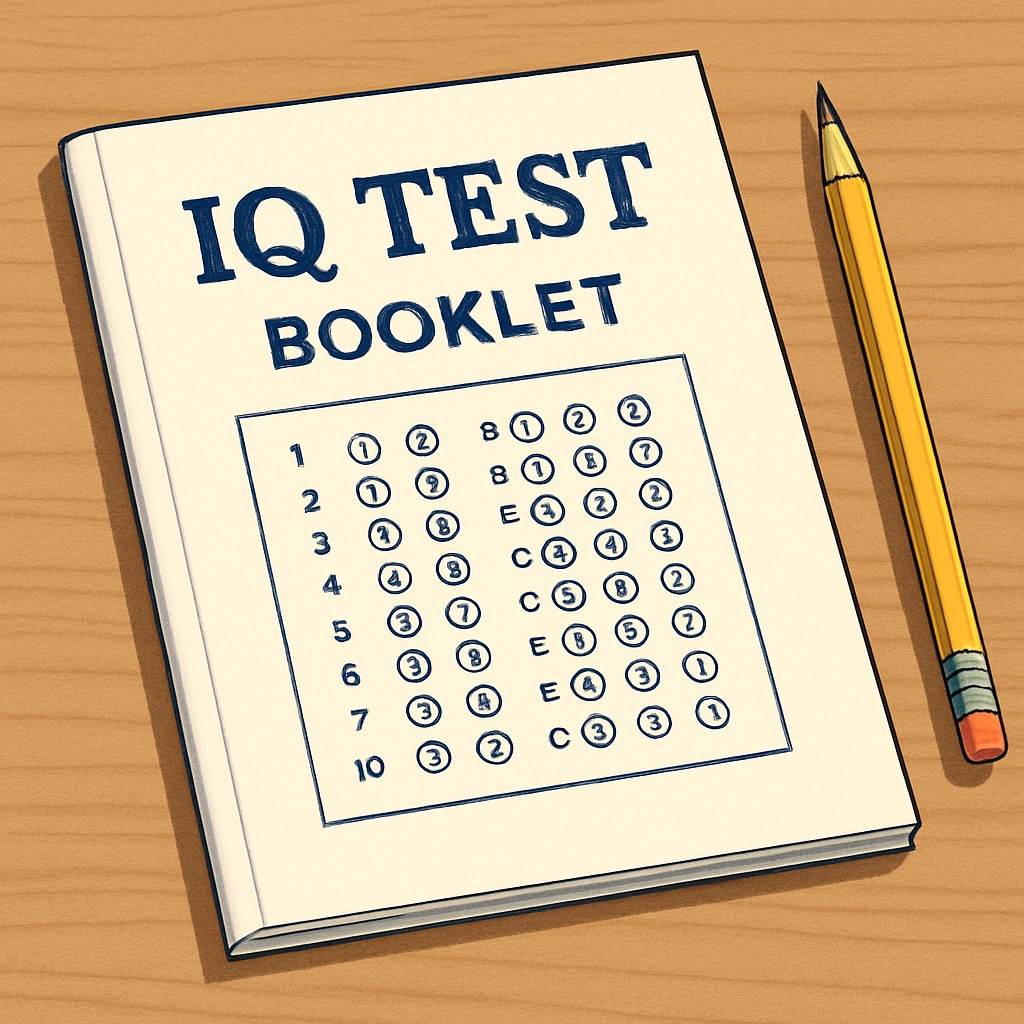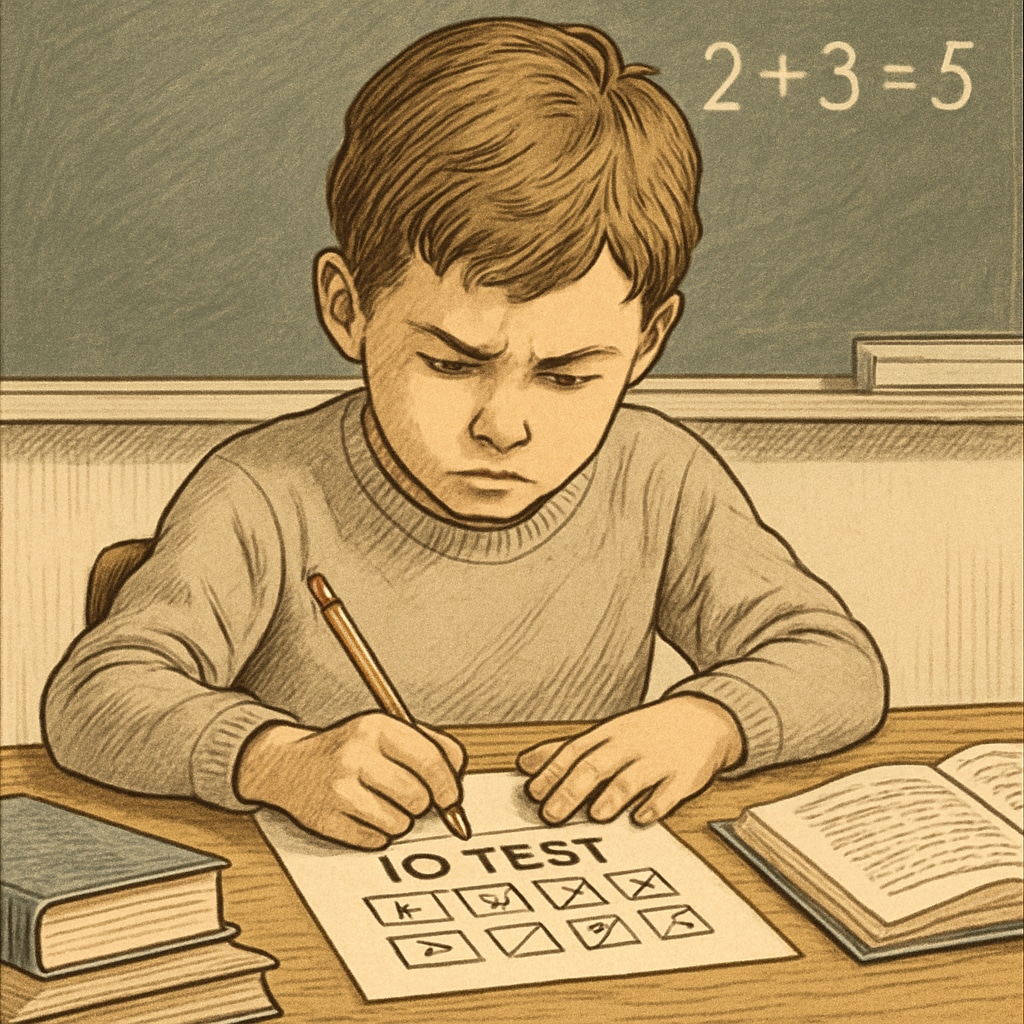When it comes to identifying and nurturing the unique talents of gifted children, choosing the right standardized IQ test is crucial. Standardized tests like CogAT, WISC, and Stanford-Binet offer insights into children’s intellectual abilities, helping parents and educators understand their potential and guide their development. This article delves into the strengths and limitations of these popular tests, offering practical advice on selecting the most suitable evaluation method.
Understanding Standardized IQ Tests
Standardized IQ tests are designed to measure various intellectual abilities, such as reasoning, problem-solving, and memory. For gifted children, these tests help pinpoint areas where their cognitive abilities excel, providing a foundation for tailored education plans. Commonly used tests for assessing gifted children include:
- CogAT (Cognitive Abilities Test): This test evaluates verbal, quantitative, and nonverbal reasoning skills. It is often used in schools to identify students for gifted programs.
- WISC (Wechsler Intelligence Scale for Children): The WISC assesses IQ across multiple dimensions, including verbal comprehension, working memory, and processing speed.
- Stanford-Binet Intelligence Scales: Known for its precision, this test measures five factors of cognitive ability: fluid reasoning, knowledge, quantitative reasoning, visual-spatial processing, and working memory.

Comparing Popular IQ Tests for Gifted Children
Each standardized test has unique features, which make it suitable for different needs. The comparison below highlights the strengths and limitations of CogAT, WISC, and Stanford-Binet:
- CogAT: CogAT is ideal for identifying children with exceptional reasoning skills across verbal, quantitative, and nonverbal domains. It is widely used in educational settings, making it accessible. However, it may not offer detailed insights into specific cognitive abilities.
- WISC: The WISC is versatile and provides a comprehensive view of a child’s intellectual profile. It is particularly effective for identifying strengths and weaknesses across diverse cognitive domains. However, it requires administration by a trained professional, which may limit access.
- Stanford-Binet: Stanford-Binet is renowned for its precision and ability to assess a wide range of cognitive skills. It is especially useful for identifying highly gifted children. However, its length and complexity may make it less suitable for young children or those with attention challenges.
Choosing the right test depends on several factors, including the child’s age, the specific traits you want to evaluate, and the context in which the test will be used (e.g., school placement or personal development).

Key Factors to Consider When Selecting an IQ Test
To ensure accurate results and meaningful insights, parents and educators should consider the following factors:
- Purpose of Testing: Are you testing for school placement, identifying specific talents, or understanding overall cognitive strengths?
- Child’s Age: Younger children may benefit from shorter, more engaging tests like CogAT, while older children can handle detailed assessments like WISC or Stanford-Binet.
- Test Administration: Some tests require administration by professionals, which could influence cost and accessibility.
- Cultural and Language Considerations: Ensure the test accommodates the child’s linguistic and cultural background to avoid biased results.
Educators and parents should collaborate to select the most suitable test, ensuring it aligns with the child’s unique needs and circumstances.
Moving Beyond IQ Tests: A Holistic Approach
While IQ tests provide valuable insights, they are only one piece of the puzzle. A holistic approach to assessing gifted children combines standardized testing with observations, interviews, and other qualitative methods. This ensures a comprehensive understanding of the child’s intellectual, emotional, and social development.
For example, educators can complement test results with classroom observations to identify areas where the child demonstrates creativity, leadership, or passion. Similarly, parents can provide insights into their child’s interests and behaviors at home, adding depth to the evaluation process.
By combining standardized testing with other methods, we can create a well-rounded profile of gifted children, helping them thrive in both academic and personal endeavors.
Conclusion: Selecting the right standardized IQ test—whether CogAT, WISC, or Stanford-Binet—is essential for assessing and nurturing the talents of gifted children. However, it is equally important to adopt a holistic approach that considers the child’s unique needs and environment. With careful evaluation, parents and educators can unlock the full potential of gifted children, guiding them toward fulfilling and successful futures.
Learn more about IQ tests on Wikipedia
Explore Stanford-Binet on Britannica


